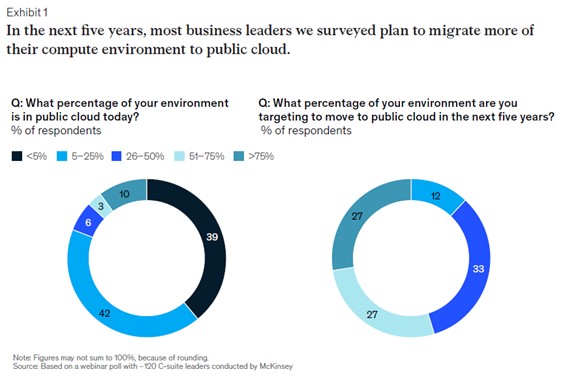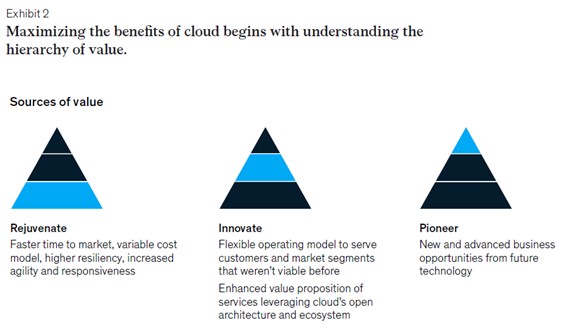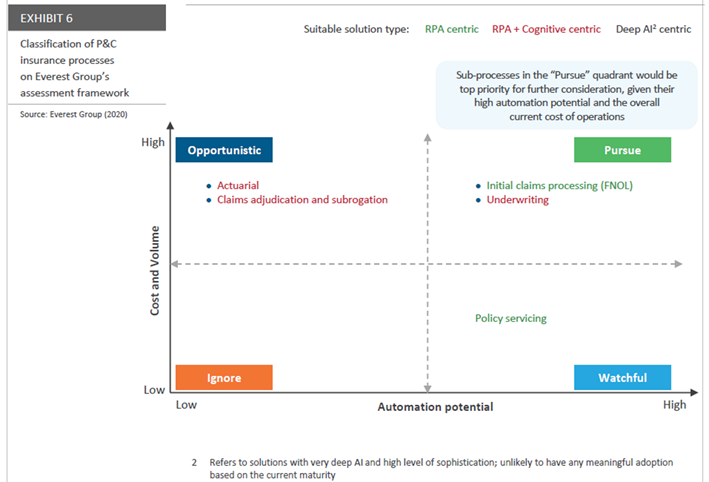Microinsurance, a small-duration, low-premium, high-volume insurance product appeared at the end of the twentieth century as a solution to cover the risks of populations belonging to the financially weaker section of society, mostly in developing countries. For a small premium, low-income populations have access to financial protection to offset the negative impact of an unexpected event, accident, injury, illness, or death. As explained in Microinsurance: The Drive of Technology, technology is paramount to reducing transaction costs, making this insurance easily accessible to the most and achieving the volume necessary to turn microinsurance viable.
Mobile microinsurance, for instance, consists in leveraging mobile network operators’ infrastructure to improve parts of the insurance value chain – such as product design, pricing, marketing and sales, policy administration and claims management. It is a technological innovation that contributed to boosting microinsurance in Asia, Africa, Latin America and the Caribbean islands, where the total covered population reaches an estimated 179 to 377 million, accounting for a share of 6 to 14% of the target population[i].
While a faster growth of insurance in emerging markets has attracted global insurers’ attention, microinsurance is also appearing in mature insurance markets.
In its original version, the philosophy of microinsurance is related to supplying populations with a social and economic net to soften the acute hardships of an unexpected negative life event. Another type of microinsurance has appeared that takes care of the day-to-day risks.
In line with the evolution of a society that is more and more digital, where convenience and immediacy prime in a changing risk environment, insurance is innovating and bringing about novelties the likes of:
i. Smart doorbell – where insurance is embedded in a doorbell so that when a parcel is delivered to the doorstep it is protected for a few hours until it is picked up by the person it is intended for.
ii. If the food you ordered for delivery is late, your food is free.
iii. If it rains so many days in your holiday, automatically receive some sort of compensation.
These products, which mix concepts such as microinsurance and parametric insurance, are embedded and sold in a customer’s journey when buying a non-insurance product or service.
Embedded insurance, estimated to reach a $29 billion market value in Europe[ii], is considered by many as the future of insurance for several reasons.
- It reduces the protection gap.
- In insurance, context is key and often a trigger of purchase. Traditional providers are not meeting the demand for coverage across the wide-ranging categories in which consumers are interested.
- Consumers are open to offers made by brands they trust that leverage data to offer insurance meeting their needs, when and where they need it.
- Offering insurance at a time and place that is relevant to the very thing the consumer is looking to protect is appealing. Not having a direct and seamless route to obtaining insurance coverage may lead to neglecting it.
- Making the decision, enrolment, and payment process of a relevant insurance cover as easy as ticking a box in a customer journey makes it a no-brainer and maximizes conversion rates.
- It brings down the cost of acquiring new customers
By utilizing affinity partnerships and the primary product’s pre-existing channels to attract customers, embedded insurance experiences a substantial reduction in cost.
Experience in emerging countries shows that a successful digital embedded microinsurance strategy relies on mindset, strong partnerships, and technology.
Partners must have in mind to simplify the cover and facilitate the subscription process to a maximum. They must be prepared to iterate the process several times before coming up with the optimum solution.
The partnership that brings together the carrier and distribution partner must be meaningful and deep.
- The distribution partner must have a large customer base.
- Clients must use the service frequently. Frequent use and interaction mean the brand is trustworthy.
- The distribution partner must have a clear and important business problem to solve through the partnership. The sharing of risk and of profit is vital to align interests. It helps parties leverage their strengths and experiences. A strong partnership plays an important role in delivering tailor-made products that meet the needs of customers. Embedding microinsurance in a distribution partner’s offer needs to respond to a strong drive, which may be turning his offering more attractive, gaining market share, reducing churn, or having an extra revenue source.
- Any friction on payment must be removed.
A third element that is a threshold to engagement in a digitally embedded microinsurance strategy is technology. It must remove friction and provide a seamless customer experience facilitating subscription. In line with the mindset referred to above, the microinsurance offer must be simple and available for enrolment without the need for extra data, at the risk of lowering the conversion rate. The technology used must therefore be integrated with the distribution partner’s system to collect data, process and complete the sales seamlessly.
Technology should not only be integrated to offer customers a seamless purchase experience. It needs to offer the capacity to analyse data and make alterations in near to real-time. Microinsurance, a small ticket, one-size-fits-all, small duration cover, cannot be subject to extra data collection to price. It is a take-it-or-leave-it option that needs accompanying to make necessary alterations based on ongoing analysis. The duration of the cover typically ranging from a few minutes to a maximum of 30 days, changes have a close to immediate effect.
In a changing society and environment, where risks and customers’ needs are evolving microinsurance constitutes a renewed innovation. Technology aiding, a small ticket, small duration insurance with inception in emerging economies is now addressing new risks in mature insurance markets. The potential of digital embedded microinsurance is great and still being discovered.
Sources:
[i] In: Europe Embedded Insurance Business and Investment Opportunities – Q1 2022 Update
[ii] In: The Landscape of Microinsurance 2021, <https://microinsurancenetwork.org/the-landscape-of-microinsurance>
Unlocking the potential of MicroInsurance, Richard Leftley and Niels Trzecieski, march 16, 2023












